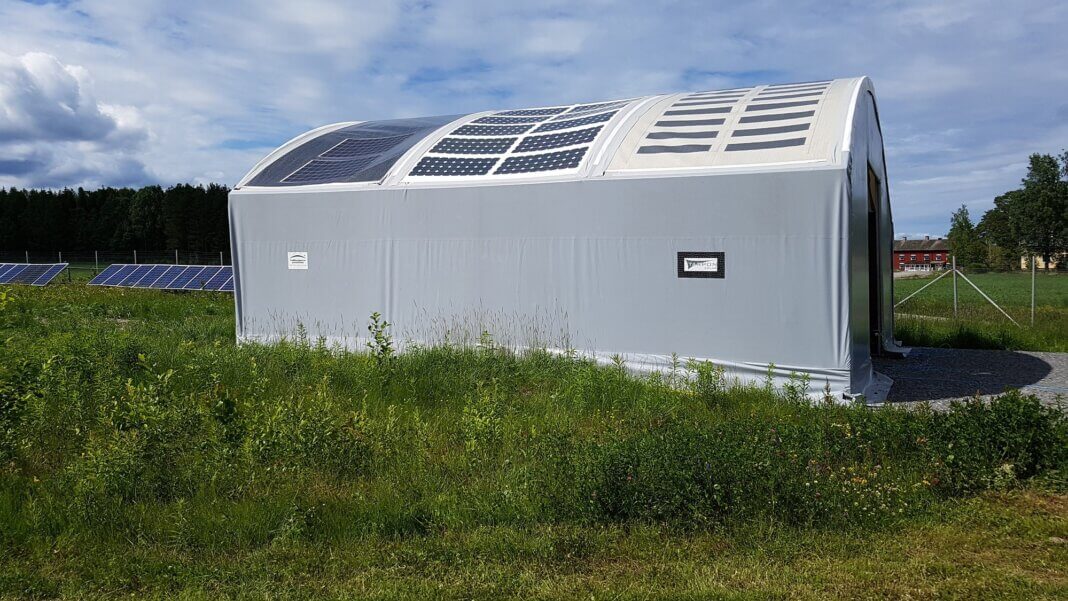The Role of Textiles in Advancing Renewable Energy
Renewable energy is becoming increasingly vital to the race against global warming and climate change. Despite this, the cost and resources required to develop it are high and impractical for long-term usage in many scenarios. These structures are also rigid, causing reliance on nonrenewable sources like fossil fuels.
To improve this and allow energy harnessing and generation anywhere and everywhere, researchers experiment with using textiles and creating fabric to collect and convert renewable energy sources into power. These include polymers, composite materials, fibers, and membranes with great versatility and resilience to fit the bill.
What Are Textile Innovations in Renewable Energy?
The renewable energy industry has harnessed many technical textile innovations. These are functional materials that serve as a platform to collect, store, and convert green power to operate appliances and machinery in many industries.
These materials are used for their lightweight nature, durability, and flexibility. They are versatile, allowing them to be used in many different situations to provide an alternative to energy harnessing. Most importantly, these textiles are sustainable, long-lasting, and environmentally friendly.
Many advances and research are ongoing to improve further the functionality and usability of these materials in different sectors worldwide. They hold a lot of promise for future applications.
Examples of Textile Advances Revolutionizing the Industry
Here are some ways textile innovations empower many renewable energy sources –
Solar Power

Solar fabric tents and shelters are also helpful in tactical situations. For example, they can be dispatched to disaster areas or fitted on tracker drones to ensure a longer battery span during search operations. Materials can be employed as wearables to charge climbing equipment when hiking. This innovative breakthrough has spurred much research in the field. New inventions weigh 1% of conventional panels and can produce 18 times more power per kilogram.
Solar fabric is becoming increasingly popular in the construction industry for building sustainable spaces. It is used for shading purposes, like on awnings and canopies, and in public spaces like malls and playgrounds. It protects from the sun while collecting its power for energy harnessing via solar panels.
In the colder months, 75% of sunlight is converted to heat, which solar fabrics can leverage to convert into power. The energy collected through the panels is used for building operations, making it energy-efficient and sustainable.
Wind Power

Scientists are exploring alternatives to improve blade efficiency, including textile innovations like hybrid fibers and composite materials. These innovations are expected to make turbines more resilient and sustainable. They also pave the way for a more versatile blade design that can match wind conditions, reducing waste and improving energy-harnessing efforts.
In addition, giant sails are making a comeback to improve cargo ship energy efficiency. Instead of using manual labor, these innovative sails adjust themselves to adapt to the wind. One such project used three fewer metric tons daily, equating to 11.2 metric tons of carbon dioxide emissions per day.
Bioenergy
Bioenergy is produced from living organisms, such as humans, and is sustainable and eco-friendly. Researchers are leveraging this to create textiles that could improve lifestyles. For example, innovative ultra-flexible fabrics could be made into wearables to generate power.
These materials are breathable and lightweight despite their heavy wiring and coating, providing maximum comfort. They are also safe, infused with toxic-free materials, and have an improved structural design to avoid health concerns and skin abrasion issues.
Another notable innovation is using a triboelectric nanogenerator (TENG), which converts mechanical energy to power by bringing two materials together and separating them. Scientists are using human motions to generate electricity by using a versatile and durable triboelectric layer that can withstand multiple washings and high humidity. These products are self-powered and can be used in clothing.
Despite technological advancements, there are still areas for improvement in harnessing biochemical energy via wearable fabrics. These include aesthetics, large-scale production concerns, costs, and self-healing abilities to improve life span.
Textile Integration Fuel the Renewable Energy Industry
Various research and real-life implementations are helping innovative fabrics lead the way in transforming the widespread application potential of renewable power in daily life. These robust materials can improve lives, reduce costs, and help the planet. This could empower energy efficiency worldwide and incentivize the battle for a greener future.
